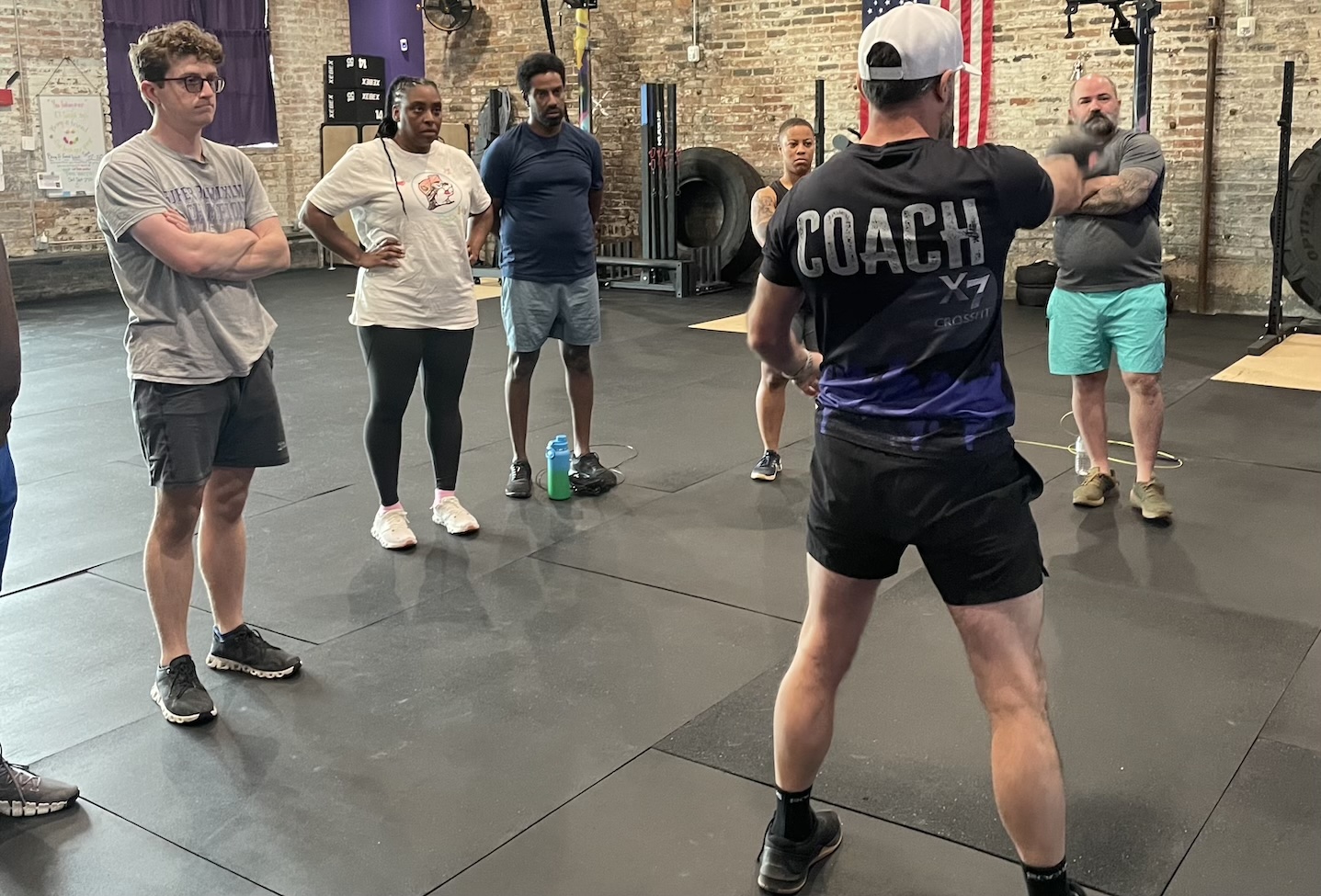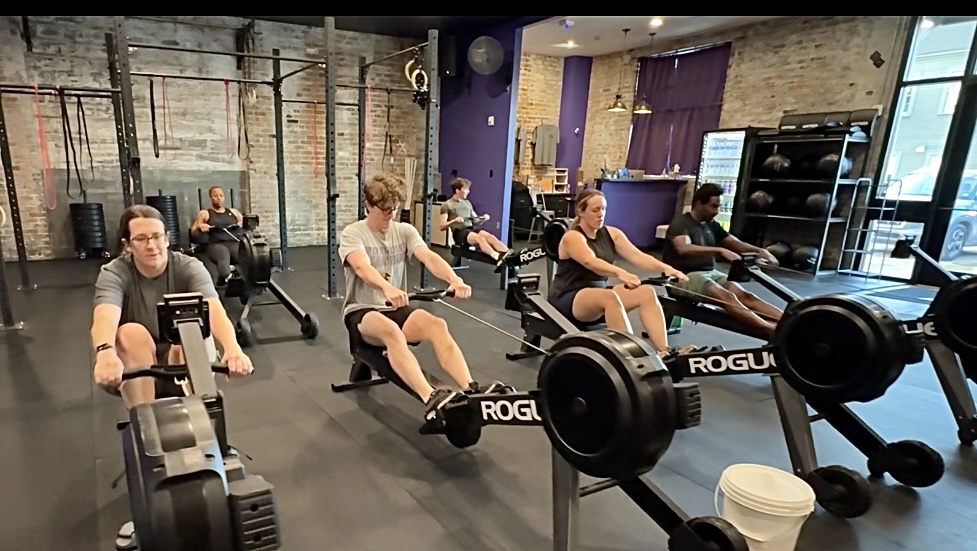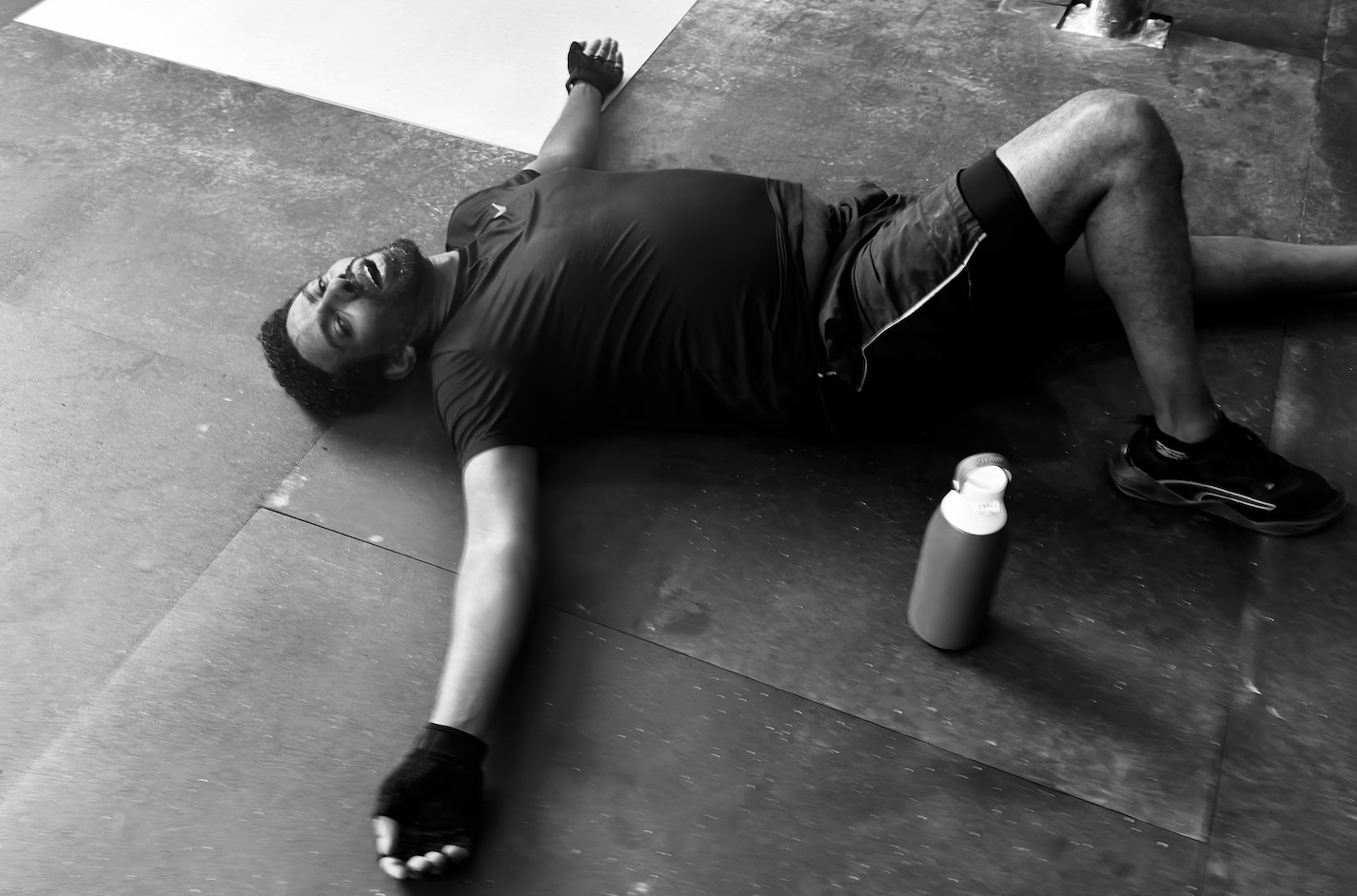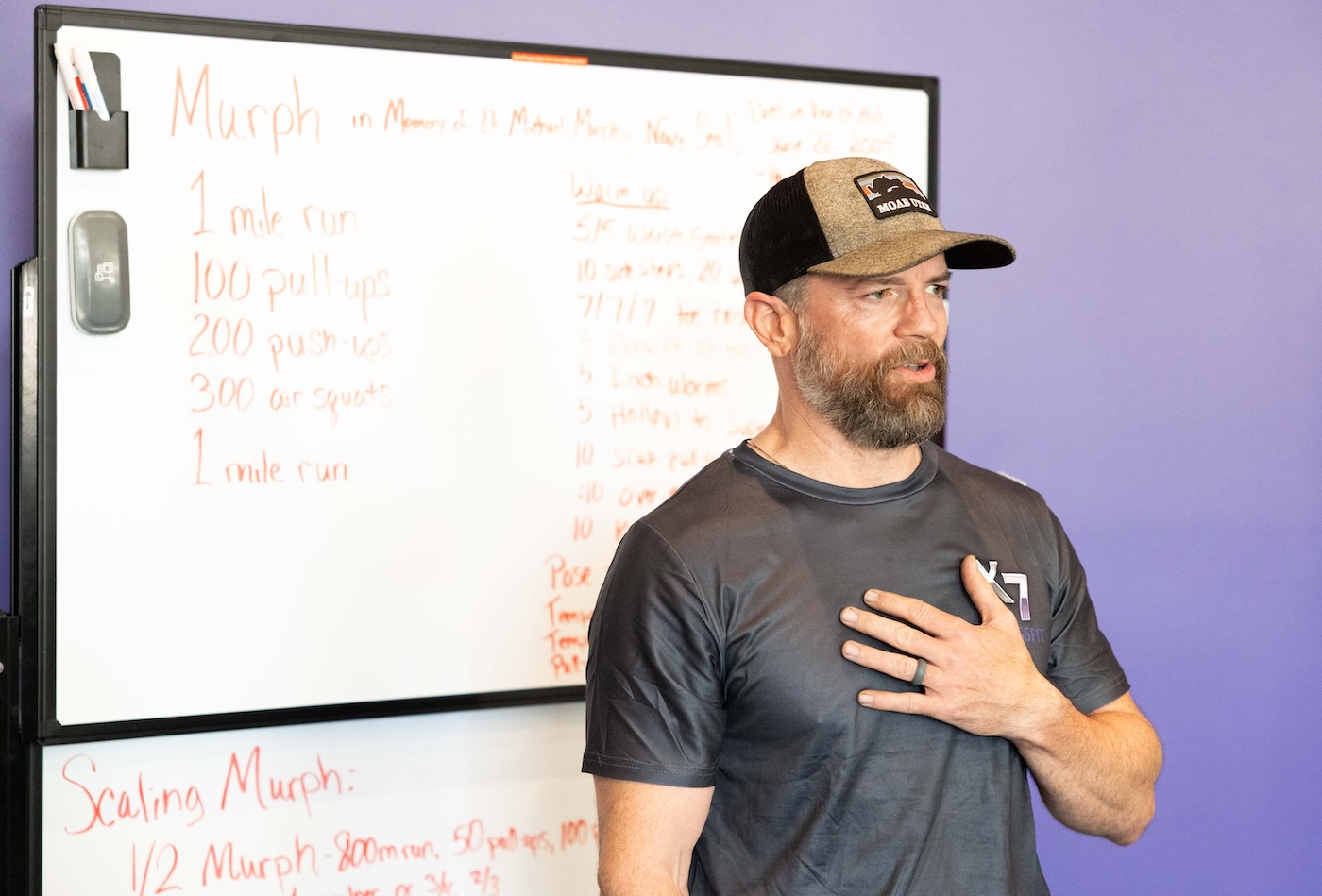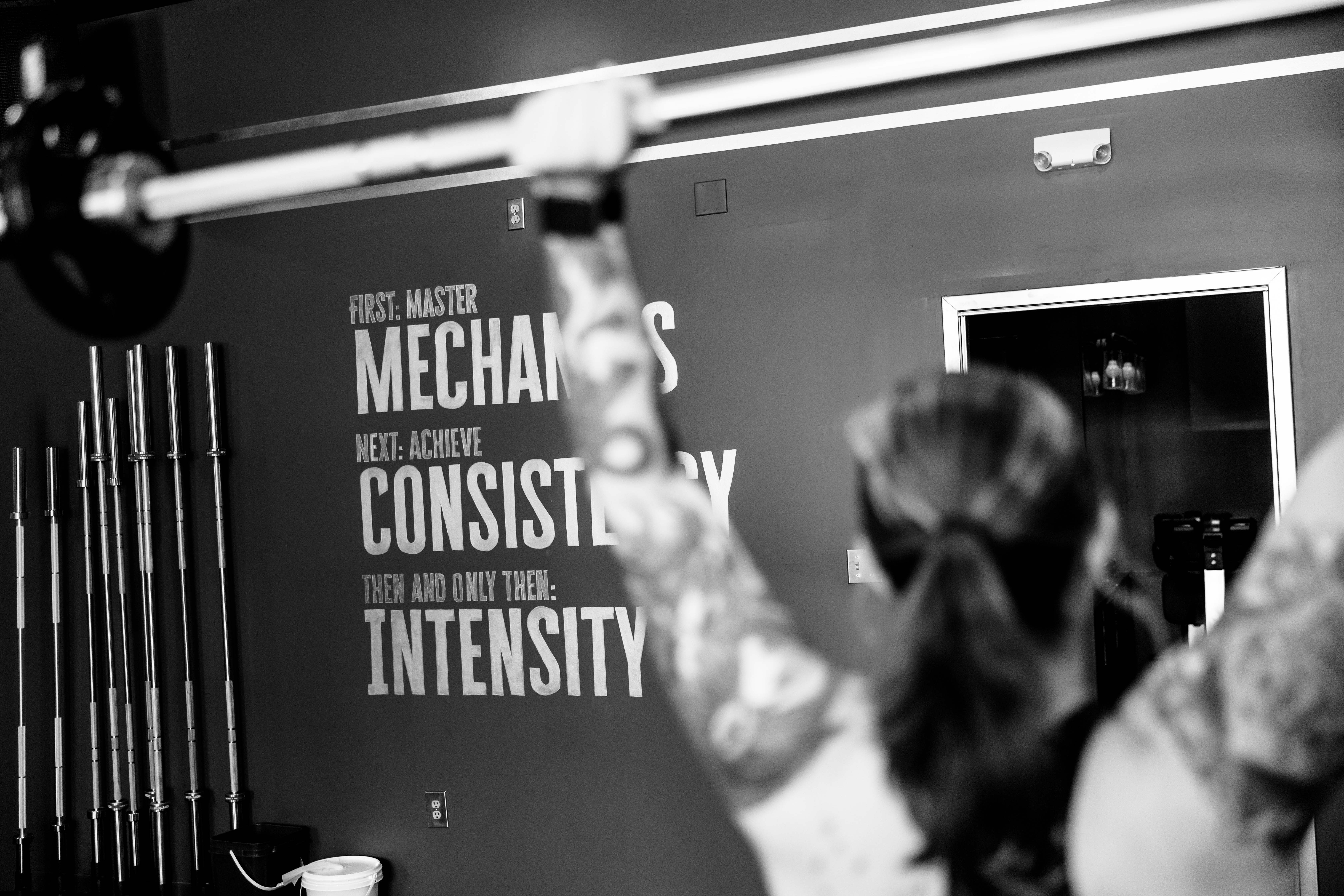

The Game-Changer You're Sleeping On: A Coach's Guide to Optimizing Your Sleep (and increase your performance in the Gym)
The Game-Changer You're Sleeping On: A Coach's Guide to Optimizing Your Sleep
The Foundation You Didn't Know You Were Missing
Hey there! I want to share something with you that's going to change everything about how you approach your health and performance. Over my years as a coach, I've watched countless clients struggle with their nutrition plans, nail their workouts, and still feel like something's missing. They're tired, their recovery sucks, and their progress stalls.
The missing piece? Sleep.
If you can only do one thing for your health, make it sleep. Sleep is a cornerstone of both mental health and physical health. Getting better sleep is one of, if not the most powerful tool for your well-being.
Why Your Sleep Actually Matters More Than You Think
I get it – you're busy. You've got work, family, training, and a million other priorities. But here's what the research shows us:
Research shows that poor sleep habits can reduce life expectancy by up to 5 years for men and 2.4 years for women compared to those with optimal sleep patterns. Even modest sleep deprivation (sleeping 5 hours or less regularly) increases your mortality risk by 15%.
Your Body on Sleep Debt:
- Being constantly awake for 18 or 24 hours is equivalent to having a blood alcohol content of 0.05% or 0.1%, respectively
- Get six hours or sleep or less on average and you're 4.2x times more likely to develop the common cold
- Studies suggest that people who sleep fewer than 6 hours per night gain almost twice as much weight over a 6-year period as people who sleep 7 to 8 hours per night
For My CrossFit Athletes: CrossFit athletes who reported better sleep quality consistently performed better across all workout categories. This connection was particularly strong in Hero WODs, Girls WODs, and gymnastics movements. That technical lift you've been struggling with? Your sleep might be the limiting factor.
The Sleep Tracking Reality Check: Modern sleep trackers show that most people overestimate their actual sleep time versus time in bed. Research reveals that chronic sleep deprivation increases sport-related injury risk by 68% over 21 months compared to well-rested athletes.
The Science-Backed Sleep System That Actually Works
After diving deep into the protocols from neuroscientist Andrew Huberman, longevity expert Bryan Johnson, performance research from Precision Nutrition and CrossFit, plus data from thousands of sleep tracker users, here's what actually moves the needle:
1. Reframe Your Identity: You Are a Professional Sleeper
Make sleep your #1 priority. Nothing influences your conscious existence more. Plan your day around sleep. It's the most important appointment in your calendar.
This isn't about being lazy – it's about being strategic. Successful people prioritize sleep. They understand that sleep is the foundation to gaining and maintaining their success.
2. Master Your Circadian Rhythm
Morning Light Protocol (Huberman Method): Start your day by viewing sunlight outside within 30–60 minutes of waking, and aim for 10+ minutes of sunlight in the afternoon before sunset. This isn't optional – it's the foundation of everything else. It's pivotal in helping set your circadian rhythm.
Evening Light Management: Avoid exposure to bright lights—especially overhead lights—between 10 p.m. and 4 a.m. Get some amber or red lights for your evening routine.
3. The Temperature Game-Changer
Body temperature needs to drop by 1°C (2-3°F) degrees during sleep. It's recommended to keep your room between 16 to 18°C (or 60-65°F). I know it sounds cold, but trust the process. Personally, I find that advice too cold for me, I have trouble sleeping in that range. I prefer a range of 20 to 22°C (or 68-72°F). Find a temperature range that works for you.
4. Create Your Sleep Sanctuary
Your bedroom environment can make or break your sleep quality. Here's how to engineer the perfect sleep space:
Darkness is King: Light inhibits melatonin production and makes it harder to fall and stay asleep. Make your room as dark as possible by:
- Installing blackout curtains or heavy, lined draperies
- Using low-wattage bulbs and dimming lights in the hour before bed
- Covering any LED lights from electronics (even that tiny clock light matters)
- Using a dim red night light for bathroom trips if needed
Sound Strategy: If you live in a noisy environment, a steady source of white noise can be a game-changer:
- Use a fan, white noise machine, or nature sounds app
- A HEPA air filter serves double duty - cleaner air plus background noise
- Heavy curtains and rugs help absorb external sounds
The Right Setup:
- Keep your bedroom for sleep only - no work materials, electronics, or stimulating activities
- Invest in a comfortable mattress and pillows that support your preferred sleep position
- Choose breathable, comfortable bedding that helps regulate temperature
Pro tip: Think of your bedroom as a sleep laboratory. Every element should signal to your brain that this space is for rest and recovery.
5. Master Your Wind-Down Routine
Your body can't go from high-stress mode to deep sleep instantly. You need a bridge between your active day and restful night - that's where a wind-down routine becomes your secret weapon.
The 60-Minute Rule: Start your wind-down routine 60 minutes before your target bedtime. This gives your nervous system time to shift gears from "alert and active" to "calm and ready for sleep."
Your Wind-Down Toolkit:
- Dim the lights - Signal to your brain that bedtime is approaching
- Put away screens - The blue light disrupts melatonin production
- Try gentle activities - Reading, journaling, light stretching, or meditation
- Take a warm bath or shower - The drop in body temperature afterward promotes sleepiness
- Practice gratitude - Write down 3 things you're grateful for from the day
- Do breathing exercises - 4-7-8 breathing or box breathing can activate your parasympathetic nervous system
Make It Personal: The best wind-down routine is one you'll actually stick to. Maybe it's 10 minutes of reading, maybe it's a full hour of self-care rituals. Start with what feels manageable and build from there.
Pro tip: Treat your wind-down routine like a non-negotiable appointment with yourself. It's not selfish - it's an investment in tomorrow's performance.
6. Timing Your Fuel
Research shows that eating close to bedtime significantly impacts sleep quality. Sleep tracking data reveals that people who eat within 2-3 hours of bed get on average 26 fewer minutes of sleep and 3% less REM sleep than normal. Some extreme optimizers have experimented with eating their last meal as early as 11:00 am, but that's not necessary for most people.
Practical approach: Stop eating 3-4 hours before bed. If you're hungry, a small protein snack is fine.
7. The Stimulant Strategy
Research consistently shows that alcohol dramatically impairs deep sleep quality - some studies show reductions of up to 80% in deep sleep following alcohol consumption. For caffeine, the general recommendation is to avoid it after 2 PM, though some people may need to cut it off even earlier based on their metabolism.
Sleep Aids and Supplements: While focusing on natural sleep hygiene should be your first approach, there are various sleep aids and supplements that may help when behavioral changes aren't enough. These range from natural options like melatonin and magnesium to prescription medications. However, it's essential to work with a healthcare provider before trying any sleep aids, as they can interact with other medications, have side effects, or mask underlying sleep disorders that need proper treatment.
Exercise Timing Matters Too: While regular exercise is one of the best things you can do for sleep quality, timing is crucial. Intense exercise within 3-4 hours of bedtime can be stimulating and make it harder to fall asleep due to elevated heart rate, body temperature, and stress hormones. However, gentle activities like yoga, light stretching, or a leisurely walk can actually promote better sleep. Find your personal cutoff time - some people can exercise right up until bedtime without issues, while others need that 4-hour buffer.
8. How Sleep Tracking Can Help You
If you've ever wondered whether you're actually getting good sleep or just spending time in bed, sleep tracking can be eye-opening. Modern wearables and smartphone apps have made it easier than ever to understand what's really happening during your night.
The Reality Check: One of the biggest revelations from sleep tracking is discovering the difference between time in bed and time actually asleep. You might think you got 8 hours of sleep, but tracking often reveals you were only asleep for 6.5-7 hours due to time spent falling asleep, brief awakenings, and early morning restlessness.
What Sleep Tracking Shows You:
- Sleep efficiency - What percentage of your time in bed you're actually sleeping (aim for 85% or higher)
- Sleep consistency - How regular your bedtime and wake times are (consistency matters more than you think)
- Sleep stages - Time spent in light, deep, and REM sleep (though take these with a grain of salt - the accuracy varies)
- Trends over time - How your habits affect your sleep patterns
Making It Actionable: The real value isn't in obsessing over nightly scores, but in spotting patterns. Did you sleep poorly after that late dinner? How does your afternoon coffee affect your deep sleep? Use the data to experiment and find what works for your body.
Keep It Simple: You don't need an expensive device to benefit from tracking. Even a basic sleep journal noting bedtime, wake time, and how you feel can provide valuable insights. The goal is awareness, not perfection.
Your Quick-Win Sleep Optimization Checklist
IMMEDIATE ACTIONS (Start Tonight):
- Set a consistent bedtime (±30 minutes) and stick to it
- Create a 30-60 minute wind-down routine
- Remove all screens 1 hour before bed
- Keep bedroom cool (60-65°F), dark, and quiet
- No caffeine after 2 PM
- Stop eating 3-4 hours before bed
WEEKLY HABITS:
- Get morning sunlight within 60 minutes of waking (10+ minutes)
- Get afternoon sunlight before sunset (5-10 minutes)
- Use red/amber lighting in the evening
- Track your sleep (journal, wearable device, or smartphone app)
- Aim for 7-9 hours in bed (athletes need closer to 9)
- Maintain sleep consistency: ±30 minutes of bedtime/wake time
- Target 85%+ sleep efficiency (time asleep vs. time in bed)
ADVANCED OPTIMIZATION:
- Consider magnesium glycinate 30-60 minutes before bed (consult your healthcare provider before adding any supplements)
- Try Non-Sleep Deep Rest (NSDR) protocols if you wake up at night (Huberman recommends these for improving sleep quality and reducing stress)
- Experiment with different bedtimes to find your sweet spot
- Monitor HRV if you're serious about optimization
- Track restorative sleep (aim for 40-50% deep + REM sleep)
- Use sleep coaching features available in most modern trackers
The Common Mistakes I See
Mistake #1: All-or-Nothing Thinking You don't need to be an extreme biohacker to get benefits. Start with one item or habit, get good at it, then add the next one.
Mistake #2: Ignoring Individual Differences What works for one person may not work for you. Find what works for you and stay consistent.
Mistake #3: Focusing Only on Duration If your lifestyle or environment doesn't allow the perfect 7-9 hours of sleep, focus on quality. Try to get the best sleep possible in the time that you have.
Mistake #4: Ignoring Sleep Consistency Having a consistent bedtime helps with managing your circadian rhythm and sleep quality.
I know what you're thinking: "Coach, this sounds great, but I've got a newborn/shift work/travel schedule."
Parents, particularly those who are mapping their sleep to a baby's schedule, should aim for NSDR protocols to maintain autonomic nervous system regulation, even if sleep is disrupted.
The key is prioritizing what you can control and being consistent with those elements.
The Bottom Line
Everything from lucid thinking, to good decision making, to proper digestion, to high performance is heavily dependent on getting good quality sleep.
Start with one or two changes from the checklist above. Be consistent for two weeks, then add more. Your future self – and your performance – will thank you.
Remember: you're not optimizing sleep to sleep better. You're optimizing sleep to live better.
Sweet dreams,
Coach Rene
Precision Nutrition Level 2 (PNL2) | CrossFit Level 1 (CFL1)
Sources & Further Reading
- Huberman Lab Sleep Toolkit
- Bryan Johnson's Blueprint Sleep Protocol
- Precision Nutrition Sleep Optimization Guide
- CrossFit Sleep & Recovery Research
- Sleep Tracker Accuracy Study - Brigham and Women's Hospital
- Multicenter Validation of 11 Consumer Sleep Trackers
- Sleep Foundation: Sleep Tracker Research
- Sleep Hygiene for Athletes - PMC
The information in this blog post is for educational purposes only and should not replace professional medical advice. Always consult with a healthcare provider before making significant changes to your sleep or health routine.
